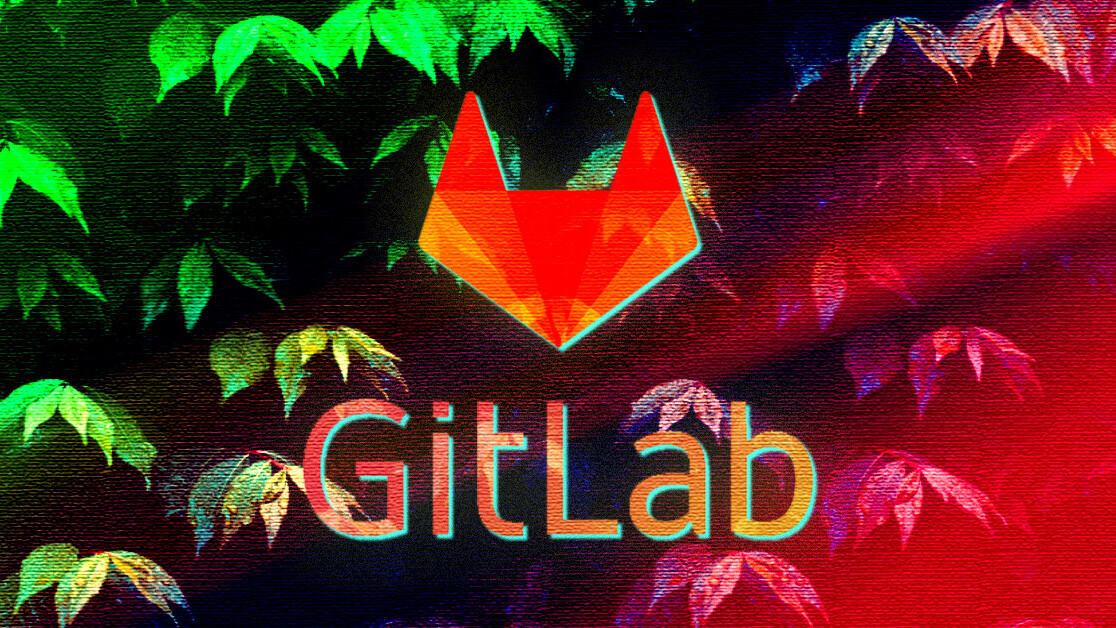
How do you know when it’s time to kill a product? It’s certainly not a decision to take lightly.
In 2011, Netflix tried to steer customers away from mailed DVDs and dropped a 60% price increase in the midst of a recession. That year, the company lost 800,000 customers, its stock price tanked almost 80%, and their management team got turned into a Saturday Night Live sketch.
Let’s use Netflix’s move as an example of what not to do. But what should we do then?
A decade after the Netflix debacle comes an excellent example of smart product editing from GitLab, a hugely popular developer platform that is growing like crazy.
GitLab fascinates me with their extreme transparency, even as they prepare to go public. But what they’re doing on the product side interests me even more — and should serve as a case study for the rest of us.
Here’s what I think their secret boils down to: less is more.
Research from the Subscribed Institute in collaboration with McKinsey & Company backs this claim up: revenues of higher-growth companies are typically concentrated in a more highly curated set of products.
Earlier this year, GitLab got rid of a paid starter offering, trimming its product catalog from four subscription tiers to three: Free, Premium, and Ultimate.
Why? I suspected it was because too many of their subscribers were housed in the starter tier, causing a customer/product mismatch that was costing GitLab money. So I reached out to Xiaohe Li, principal pricing manager at GitLab and she was kind enough to get back to me.
My suspicions were confirmed. Here’s what Xiaohe told me:
The Starter/Bronze tier was originally designed for a single team and did not have enterprise readiness features or support. However, we had some larger customers on the tier who weren’t seeing the value that they really needed. One of our more sophisticated customers told me directly that everyone should get on Premium at minimum.
It was a smart move. Sure, the bronze plan only costs subscribers $4 a month, but that’s exactly the point. If you want to run a successful subscription business, you should be putting real resources and investments into all of your offerings, not just some of them. As the old saying goes: feed it or kill it.
But how GitLab went about making the pricing change is where the masterclass starts. Here are four key lessons that I took away from their decision, and you should too:
1. Be generous in your transition offer to help bridge change
Not only can GitLab customers on the canceled plan choose to remain on the same tier until the end of their subscription period, but they can also renew at the current price for one additional year or upgrade at a significant discount.
2. Avoid pushing upsells
GitLab actually encouraged users of the canceled plan to investigate their free plan! This is a much better way of converting paid customers because it asks users to actually re-evaluate how they use the product, rather than just making a blind pitch to pay more.
3. Listen to your customers
As they explained in this excellent video, GitLab solicited lots of feedback (on a confidential basis) from customers and internal team members alike before the launch. GitLab then invited its customers to offer feedback in a special section of their community forum on launch day.
4. Move towards pricing simplicity, not away from it
GitLab’s new pricing page is simple, intuitive, and does an excellent job of communicating value.
And all of this brings me back to my original argument: less is more.
Get the TNW newsletter
Get the most important tech news in your inbox each week.




